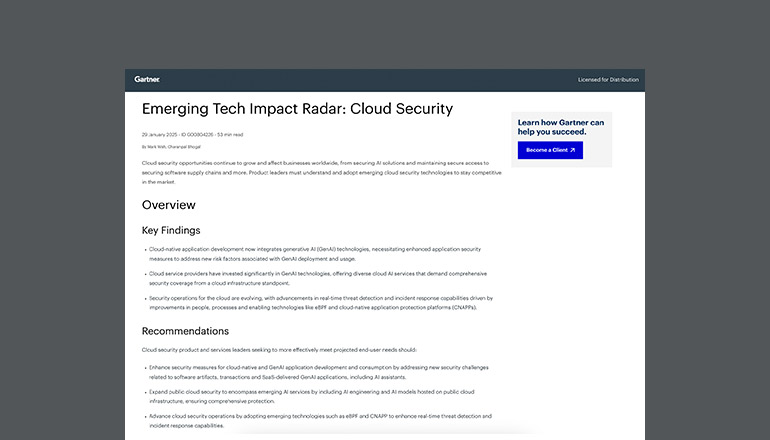Believe it or not, the cloud has been a part of everyday life since the 1990s, when many businesses began using payroll servers from shared third-party providers. However, the intangibility and uncertainty inherent to the cloud has caused a lot of confusion. We want to assist you in bringing clarity within your organization, helping employees understand which tools are cloud services.
Email, telecommunications and conferencing
If the people within your organization have used one of the many webmail providers, they’re already using cloud services and probably have been for some time. A major benefit of cloud webmail is the ability to access it from any device.
Telecommunication services like 8x8 allow you to deploy everything you need in one complete, integrated suite. VoIP phone services, mobile apps, contact centers and Web conferencing are all tools that support business growth.
File sharing and data storage
One of the primary benefits of the cloud is its ability to handle and store big data. Thus, data and file sharing are popular tools for employees at organizations of any size. Many employees may be using OneDrive or Dropbox — with or without your knowledge — to store, share and back up data for personal or professional purposes.
“It’s hard for any company to control the behavior of their employees, and the more control you try to exact, the more expensive it gets,” says Tanner Hiland, systems engineer at Insight Enterprises. He explains that many organizations fail to ask one important question: “Why are internal users leveraging these external services on their own?”
To help them — and ensure that you can govern their usage — he suggests IT professionals spend time with internal users to determine what they need to get their jobs done. “Help them accomplish their tasks faster, and figure out what works for everyone,” he suggests.
Operations and human resources management
Companies often leverage payroll and benefits applications that are externally hosted. “With that, private employee information is being entered in an environment where the company has no control,” explains Hiland.
Many tools allow you to seamlessly transition from on-premises solutions to the cloud. For example, Intermedia’s Office in the Cloud enables you to communicate, collaborate, manage content and deploy enterprise-grade application infrastructure on par with any big business. With services like Intermedia, you can focus your IT staff on initiatives that move your business forward, rather than constantly managing your IT services.
“I think a lot of people realize that things are out on the Internet, but what that means is lost or not considered. Many people use the application online, and they don't think beyond that,” says Hiland. “The more informed today’s workforce is about the prevalence of cloud services, the more efficient and responsible that same workforce will be while using those tools.”







